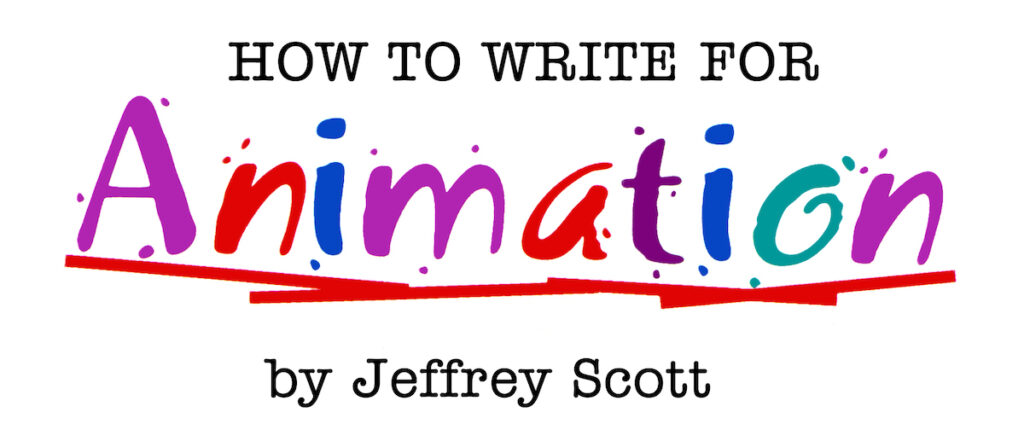
Working out the story beats is the most important part of writing a good script. If your beats are solid, the remainder of the work will be a lot easier. If they’re really tight, fleshing out the outline should be fairly straightforward.
So how do you flesh out your story beats? Well, if the beats are the bricks, then all you need to do is add the mortar. In other words, for the most part you’ll just be making all of the pieces fit together into a complete picture. Instead of short, staccato beats, you’ll begin to turn them into a more stylish piece of writing that reads smoothly. You might want to add some exciting adjectives, dramatic phrases, or a funny gag here and there. You’ll definitely want to expand the beats so that the action is fully described. Rather than using simple statements like “the villain gets away,” you’ll want to explain how in such a way that the reader can visualise it. Although it’s not necessary, you can even add some dialogue here and there. But if you do, make sure it’s good. A good little maxim is: When in doubt, leave it out!
Because your outline is your calling card to the script assignment, you want it to be written as well as possible. If they don’t like your outline you may get cut off before writing the script.
In fleshing out your beats into a full outline you’ll be doing the following things:
- Filling in any gaps you left in the story.
- Correcting anything that doesn’t work as you flesh it out.
- Adding details, like names of people and places.
- Expanding your sparse beats into more descriptive pictures.
- Further developing the characters and their interrelationships.
- Adding funny bits if it’s a comedy script.
- And making it all read easier and more smoothly.
Fleshing out beats, to me, is one of the most fun parts of animation writing. An important thing to remember when writing is not to get stressed out, worrying whether it’s good enough. Just do the best you can. You improve by practice. This means there is a definite “win” in everything you write, whether you sell it or not, because everything you write makes you a better writer.
There are many acceptable outline forms. One is just straight prose writing to tell the story from beginning to end, much as one would in a novel. Another is to number your scenes, just as you did your beats. A third is to start each scene with a slug line. Although slug lines are used in scripts I like to use them in outlines as well. A slug line is a capitalised line before a new scene beginning with INT. or EXT., for interior or exterior, a very brief description of the place, and an indication of day or night.
It’s a good idea to number scenes for editing purposes. It’s hard to find what you’re looking for when someone says, “The fifth sentence in the third paragraph on page seven.” It’s easier to just call it “Scene 17.” For this reason I always number the scenes in my outline. I also prefer to use slug lines because they instantly tell the reader exactly where they are. For example, 17. EXT. TAJ MAHAL – DAY.
If you want to further explore how to write an outline there is a lot more in my book including an example from an outline I wrote for the animated series, Teenage Mutant Ninja Turtles.
©Jeffrey Scott, All Rights Reserved
Jeffrey Scott has written over 700 animated and live-action TV and film scripts for Sony, Warner Bros., Disney, Marvel, Universal, Paramount, Columbia, Big Animation, Hanna-Barbera and others. His writing has been honored with three Emmys and the Humanitas Prize. He is author of the acclaimed book, How to Write for Animation. To work with Jeffrey visit his website at www.JeffreyScott.tv.
Read other articles from this series:
#1 The difference between live-action and animation writing
#3 It all begins with a premise
#4 The secret to developing your story
#5 Finding the scenes that MUST be there
